Zeitplan 40 schwarzes Stahlrohr

Zeitplan 40 black steel pipe is a type of carbon steel pipe used in a variety of applications. Der “Zeitplan” number in pipe specifications refers to the thickness of the pipe wall, with higher numbers indicating a thicker wall. Here’s an overview of the characteristics and uses of Schedule 40 schwarzes Stahlrohr:
Eigenschaften:
- Wandstärke: For Schedule 40, the wall thickness varies based on the diameter of the pipe. The wall thickness is more than sufficient for most high-pressure applications.
- Material: The pipe is made from carbon steel, which provides good strength and can be welded or fabricated with the right techniques and equipment.
- Finish: Der “Schwarz” in black steel refers to the protective coating on the steel to prevent rust. This is achieved through a black oxide scale that forms on the surface of the steel during the hot fabrication process.
- Haltbarkeit: Zeitplan 40 black steel pipes are durable and designed to withstand high pressures and temperatures.
- Durchmesser: The nominal pipe size can range from very small to several feet in diameter. Jedoch, for most practical uses, common diameters are from 1/8 Zoll zu 24 Zoll.
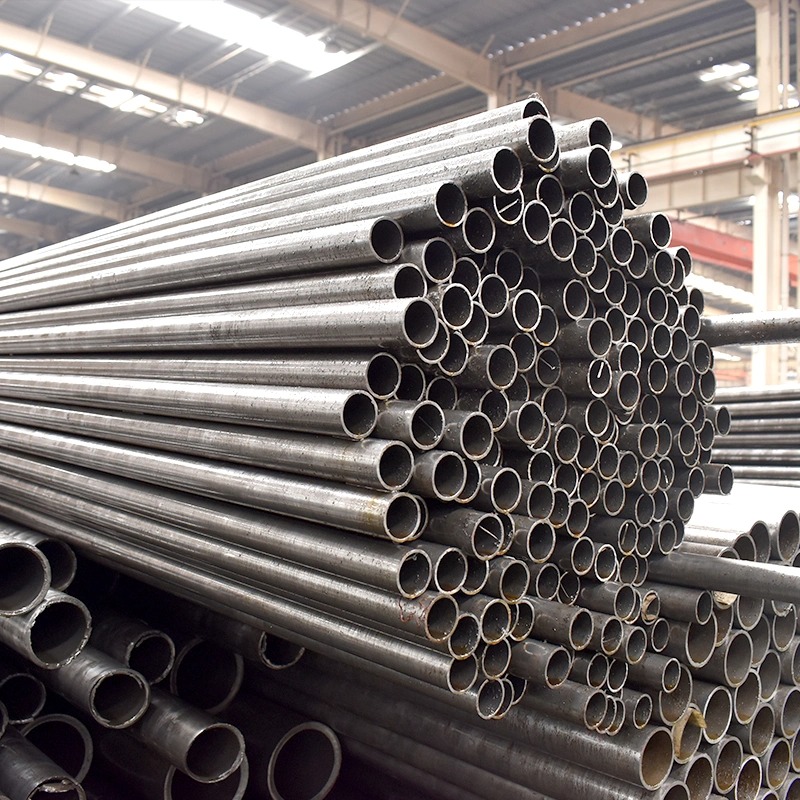
Verwendet:
- Installation: Widely used for transporting water, Gas, Luft, and steam, as the schedule 40 thickness provides a good balance of strength and weight.
- Strukturelle Anwendungen: Because of its strength, it can be used in structural applications such as handrails, Gerüst, and support columns.
- Industriell: Used in process industries for conveying fluids under high pressure and temperature.
- Fire Protection Systems: Often used for piping fire sprinkler systems due to its durability and resistance to heat.
- Öl-und Gasindustrie: Zeitplan 40 pipes are used for some oil and gas applications due to their ability to withstand hohe Drücke.
| Business Type | Herstellung & Sales | |||
| Product Description | Caron & Low Alloy Seamless Steel Pipe | |||
| Advantaged Product Specification | ||||
| English | Chinese | |||
| Außendurchmesser (Zoll) |
Wand Dicke (Zoll) |
Draußen Durchmesser (mm) |
Wand Dicke (mm) |
|
| From 1/2 Zu 5 | From SCH40 to XXS | From 25 Zu 356 | From4 to 80 | |
| Länge | From 2m to 12.5m in accordance with customers’ Anforderungen | |||
| Material & Norm Beschreibung |
Chinese | American | German | |
| 10# | ASTM A53-A | St37 DIN1626 | ||
| ASTM A106-A | St37-2 DIN17175 | |||
| ASTM A179-C | St35.8 DIN17175 | |||
| ASTM A192 | St35.8 DIN17175 | |||
| 20# | ASTM A53-B | St42-2 DIN1626 | ||
| ASTM A106-B | St45-8 DIN17175 | |||
| ASTM A178-C | St45-4 DIN1629 | |||
| 45# | ASTM A1045 | CK45 | ||
| 16Mn | ASTM A210-C | St52 DIN1629 | ||
| 37Mn5 | J55 | |||
| 27Simn | ||||
| CrMo | ASTM 4135,4150 | CrMo4 DIN17212 | ||
| 40Cr | ASTM 5140 | 41Cr4 | ||
Installation Considerations:
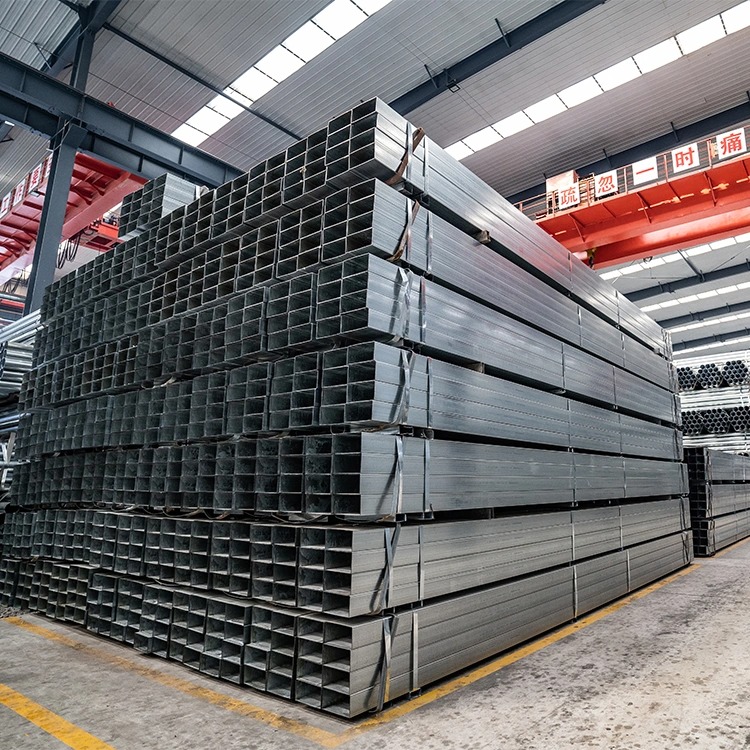
- Schweißen: Black steel pipe is generally joined by welding. It requires proper technique and precautions to ensure a strong and safe connection.
- Einfädeln: These pipes can also be connected using threaded connections, where the pipes are threaded on the ends and joined with fittings.
- Korrosionsschutz: Although the black oxide helps prevent rust, it is not a substitute for proper corrosion protection in corrosive environments. Additional coatings or paint may be applied depending on the usage conditions.
- Code Compliance: Always ensure that any use of Schedule 40 black steel pipe complies with local building codes and standards for the application in question.
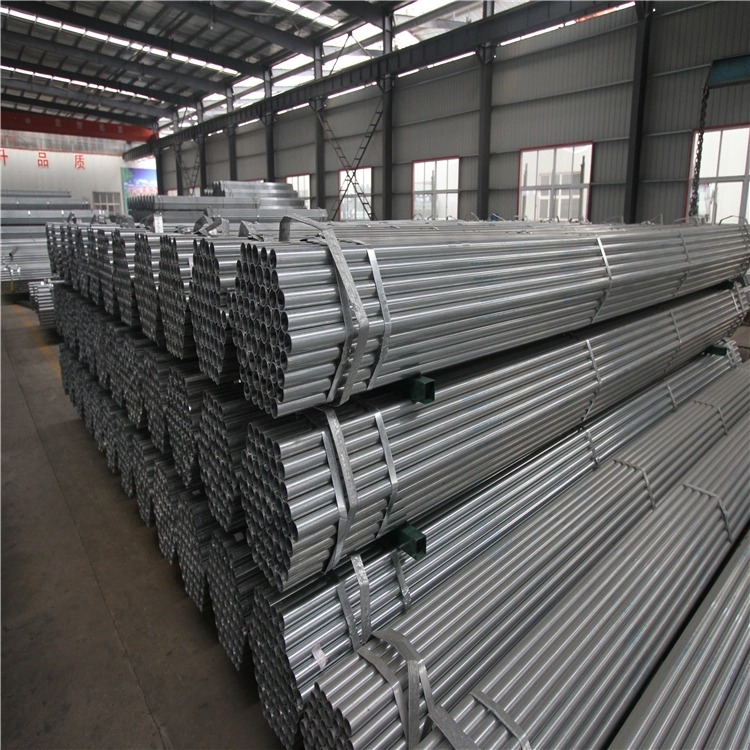
When purchasing or specifying Schedule 40 schwarzes Stahlrohr, it’s important to verify the exact specifications, such as the diameter, Wandstärke, Länge, and any additional treatments needed for the intended application. Suppliers typically provide pipes in pre-cut lengths or custom cut to specifications.
Als professioneller Hersteller von Stahlprodukten, Wir konzentrieren uns auf die Herstellung von hochfrequenzgeschweißten Rohren, verzinkte Stahlrohre und Gerüstprodukte. Auch andere Stahlprodukte wie Rohre zum Längs-Unterpulverschweißen und Spiral-Unterpulverschweißen können von unserem Handelsunternehmen geliefert werden,API-Leitungsrohr
Vorverzinkte Bauteile werden in der Regel nur für sehr kurze Zeit in das Verzinkungsbad getaucht, was zu einer relativ dünnen Beschichtung führt. Die durch Feuerverzinkung erzeugte dickere Zinkschicht bietet im Vergleich zur Vorverzinkung einen verbesserten Rost- und Korrosionsschutz.
Verzinkte Rohre sind vielfältig einsetzbar. Zusätzlich zu Öl- und anderen Niederdruck-Flüssigkeitsleitungen, Es wird auch als Ölbrunnenrohr in der Erdölindustrie verwendet, insbesondere in Offshore-Ölfeldern, Ölerhitzer in Anlagen zur chemischen Verkokung, Kohledestillation, und Ölwaschkonverterrohre, Brücken, usw. Rohrhaufen, Stützrahmen für Bergbautunnel mit Rohr, usw. Industrieländer auf der ganzen Welt begannen mit der Entwicklung neuer Rohre und verboten verzinkte Rohre kontinuierlich.
Kohlenstoffstahlrohr und schwarzes Stahlrohr werden oft synonym verwendet, Es gibt jedoch einige wesentliche Unterschiede zwischen den beiden. Komposition: Kohlenstoffstahlrohre bestehen aus Kohlenstoff als Hauptlegierungselement, zusammen mit anderen Elementen wie Mangan, Silizium, und manchmal Kupfer. Diese Zusammensetzung verleiht Kohlenstoffstahlrohren ihre Festigkeit und Haltbarkeit. Andererseits, Schwarzes Stahlrohr ist eine Art Kohlenstoffstahlrohr, das keiner zusätzlichen Oberflächenbehandlung oder Beschichtung unterzogen wurde. Oberflächenfinish: Der offensichtlichste Unterschied zwischen Kohlenstoffstahlrohren und schwarzen Stahlrohren ist die Oberflächenbeschaffenheit. Kohlenstoffstahlrohr hat eine dunkle Farbe, Eisenoxidbeschichtung, sogenannter Walzzunder, welches sich während des Herstellungsprozesses bildet. Diese Walzskala verleiht Kohlenstoffstahlrohren ihr schwarzes Aussehen. Im Gegensatz, Schwarzes Stahlrohr hat eine Ebene, unbeschichtete Oberfläche. Korrosionsbeständigkeit: Kohlenstoffstahlrohre sind aufgrund ihres Eisengehalts anfällig für Korrosion. Jedoch, Die Walzzunderbeschichtung auf Kohlenstoffstahlrohren bietet einen gewissen Schutz vor Korrosion, insbesondere in Innenräumen oder trockenen Umgebungen. Andererseits, Schwarze Stahlrohre sind anfälliger für Korrosion, da ihnen jegliche Schutzbeschichtung fehlt. daher, Schwarze Stahlrohre werden nicht für den Einsatz in Bereichen empfohlen, die Feuchtigkeit oder korrosiven Elementen ausgesetzt sind.
Schwarze Stahlrohre und verzinkte Stahlrohre haben unterschiedliche Eigenschaften und Festigkeiten, Daher ist es wichtig, ihre Eigenschaften zu verstehen, bevor man ihre Stärke vergleicht. Schwarzes Stahlrohr, auch als einfaches Kohlenstoffstahlrohr bekannt, besteht aus unbehandeltem Stahl ohne jegliche Schutzbeschichtung. Es wird typischerweise in Anwendungen eingesetzt, bei denen die Korrosionsbeständigkeit keine große Rolle spielt. Schwarze Stahlrohre sind für ihre Stärke und Haltbarkeit bekannt, Dadurch ist es für verschiedene industrielle Anwendungen wie Sanitärinstallationen geeignet, Konstruktion, und strukturelle Unterstützung. Andererseits, Das verzinkte Stahlrohr ist zum Schutz vor Korrosion mit einer Zinkschicht überzogen. Die Zinkbeschichtung fungiert als Barriere zwischen dem Stahlrohr und der Umgebung, verhindert Rost und Korrosion. Verzinkte Stahlrohre werden häufig im Außenbereich oder in Umgebungen mit hohem Feuchtigkeitsgehalt verwendet, wie Wasserversorgungssysteme und Außenanlagen.
Zeitplan 80 Rohrleitungen weisen gegenüber Schedule eine klare strukturelle Überlegenheit auf 40 durch seine 25-30% dickere Wände, übersetzt in höhere Stärke, Steifheit, Belastungstoleranz, Biegefestigkeit und Haltbarkeit in anspruchsvollen Anwendungen. Seine Robustheit und Leistung machen es zur Standardwahl für strukturelle Rohrhalterungen.

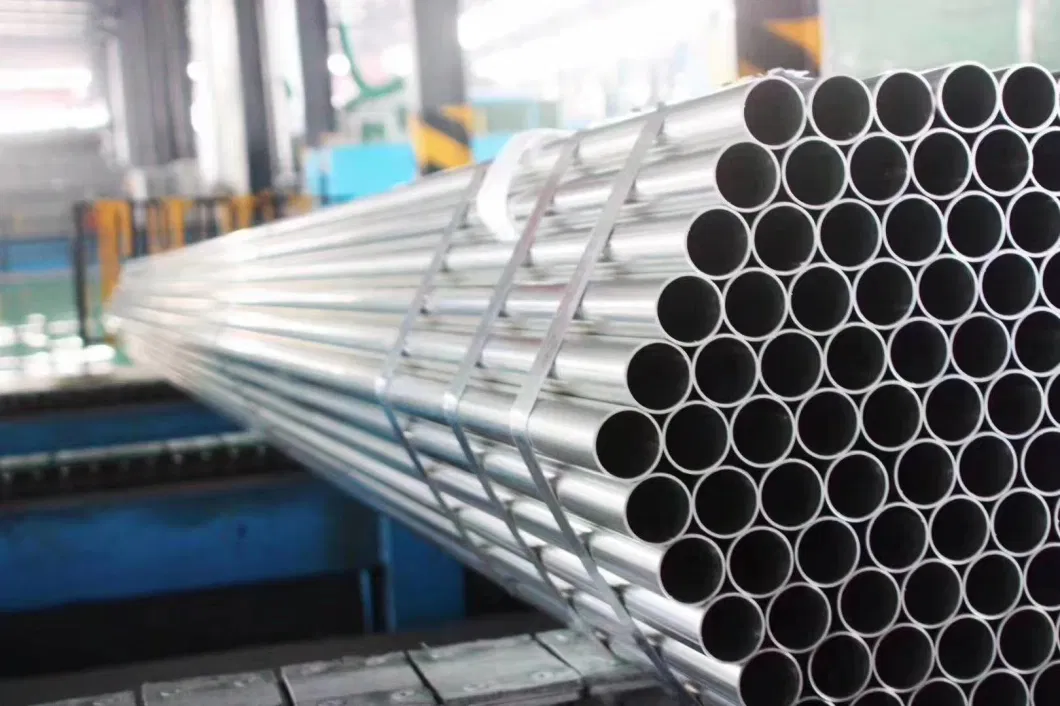
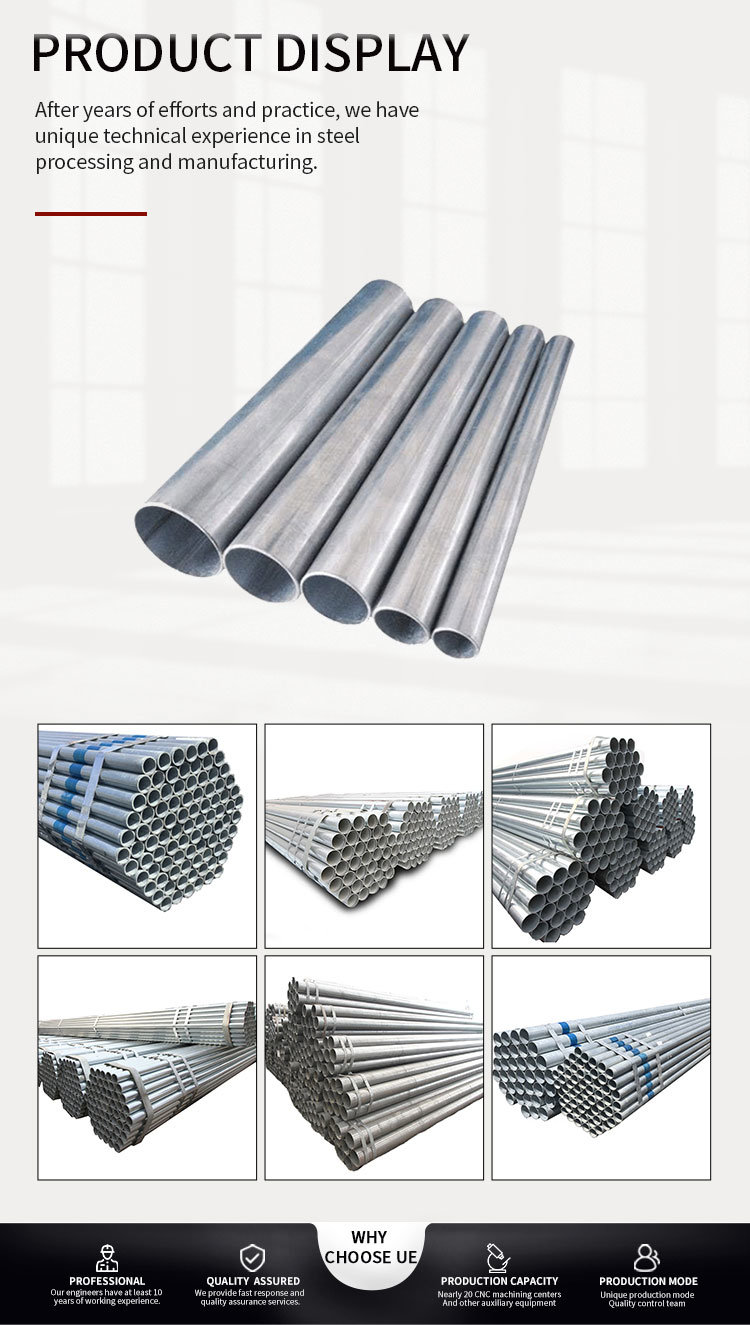
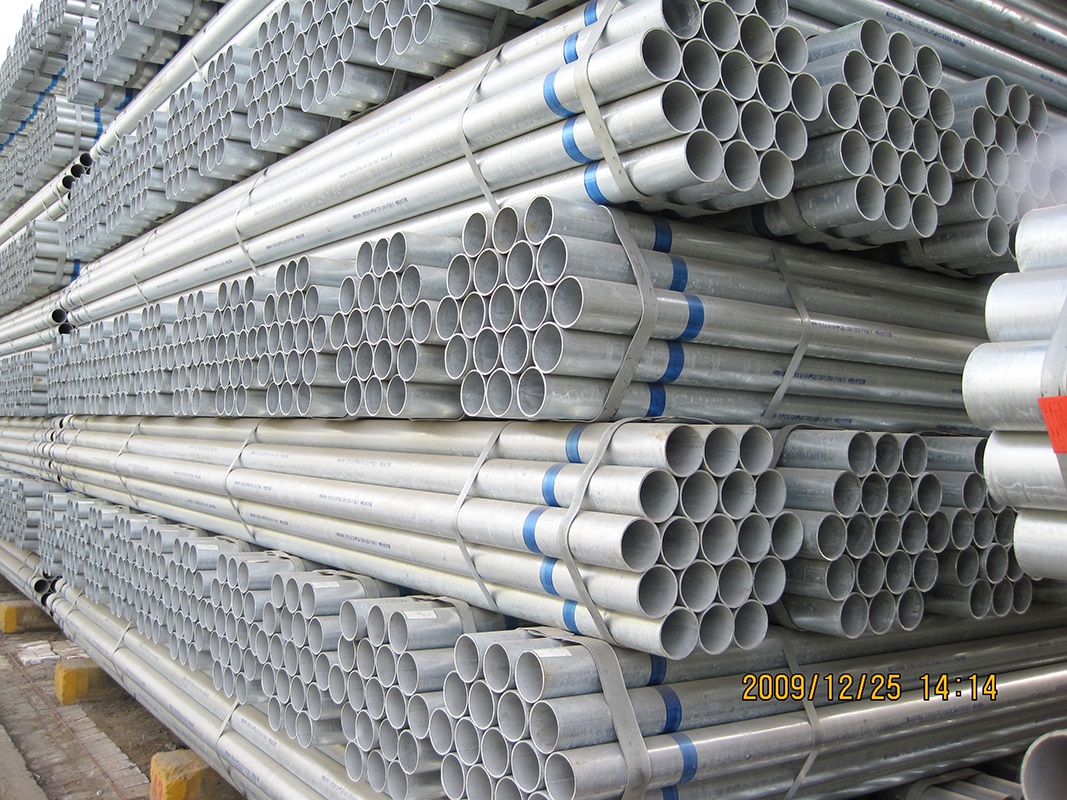






6 Kommentare
amciik
2023年12月21日 bei AM9:43
What is Schedule 40 black steel pipe used for?
Ronsun2023
202322. Dezember bei Uhr 8:52
Zeitplan 40 steel pipe makes sturdy and attractive curtain rods, shelves, coat hooks, floor lamps, and magazine racks. Of course, Zeitplan 40 pipe’s primary application is transporting high-temperature, high-pressure liquids for commercial and residential properties in the oil and gas industry
food
202322. Dezember bei AM8:06
What is the difference between SCH 40 and SCH 40S?
Ronsun2023
202322. Dezember bei Uhr 8:55
daher, the difference between SCH 40 and SCH 40S is the wall thickness, with SCH 40 being thicker and suitable for standard steel pipe applications, while SCH 40S is thinner and specifically designed for stainless steel pipes.
Buy Ivermectin
2024年3月17日 bei 18 Uhr:10
What is Schedule 40 schwarzes Stahlrohr?
Ronsun2023
202424. März bei 12 Uhr:57
The main purpose of sch 40 black steel pipes is to transport propane or natural gas to residential and commercial buildings. The pipeline has no seams, making it a better pipeline for carrying gas. Black steel pipes are also used for fire sprinkler systems.